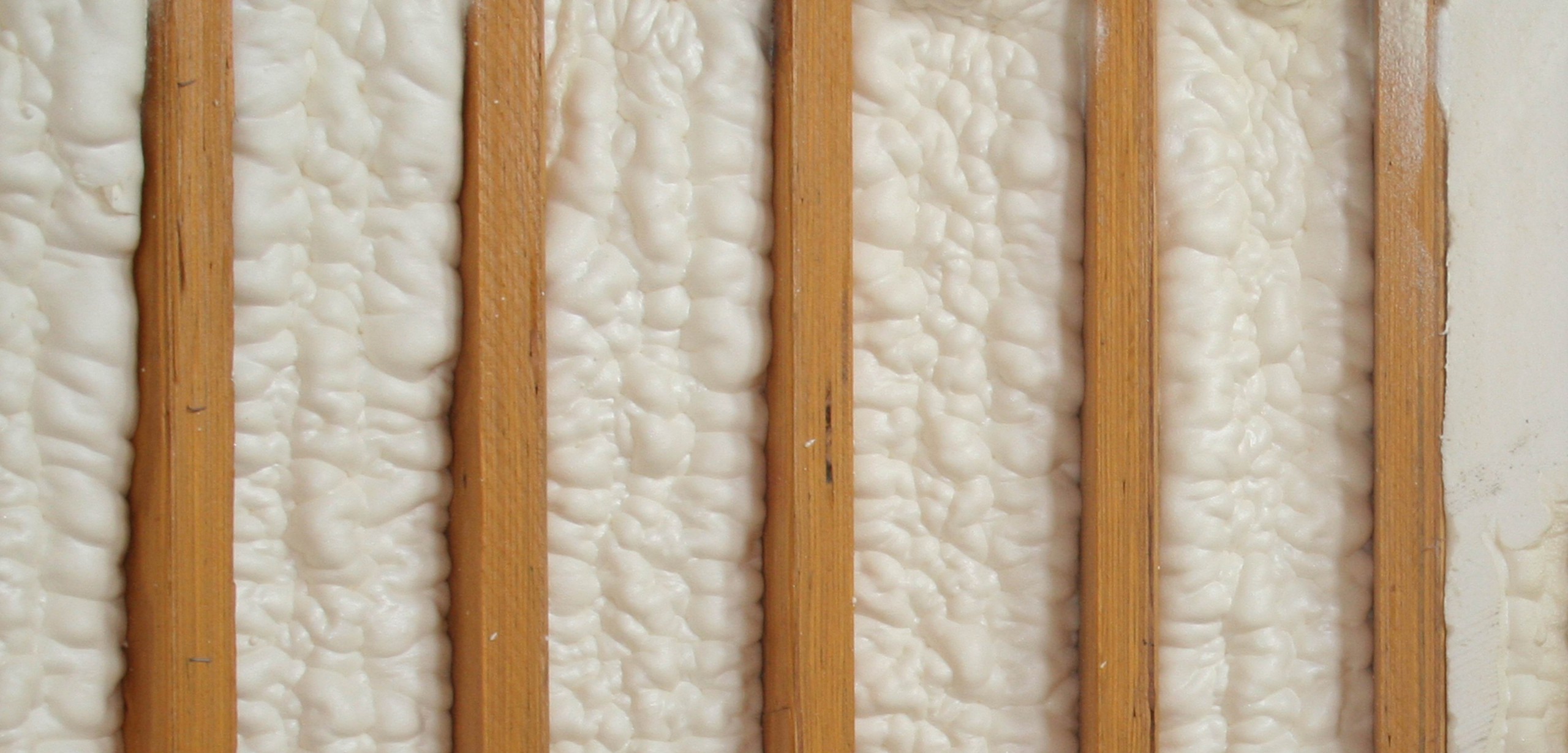
Have you ever heard, “Is this stuff new?” or “This spray foam stuff must be new, because…”
If you have been in the SPF industry for any length of time, I am sure you have heard this from a prospect or a customer at some point. Most often, it is the result of them hearing the features and benefits of SPF and being in disbelief that this is first they have heard of it, “…so it must be new.”
Well, here is a little story about the history of spray foam.
Modern SPF has a history that dates back to 1937, when a German scientist, Dr. Otto Bayer, discovered and received a patent for the fundamental chemical reaction that gave rise to polyurethane. While initially used by the military on airplane construction, since the 1930’s, polyurethane, particularly spray foam insulation, has gained wide acceptance in the construction industry.
In the 1960s, spray polyurethane foam was commercially available as insulation and could be found in appliances, furniture and automobiles, all in-plant applications. Along the way, some unlikely hero figured out how to put all of the in-plant equipment, proportioning unit, generator, compressor, etc., into a truck or trailer, to make a mobile rig and take spray foam applications to the field. Continuous advances with installation equipment made in-field application more efficient and the energy crisis in the ‘70s drove demand for energy efficient solutions, such as spray applied roofing applications.
Additionally, the development of open cell spray foam, in the late ‘80s, lowered the entry level cost of spray foam insulation and the US construction boom, during the ‘90s and 2000s, increased demand for construction materials and energy efficiency and SPF found its niche in the residential custom home market. Today, SPF can play a major or minor role in the building envelope as an adhesive, an insulation, part of the air barrier system, a vapor retarder, a water resistive barrier, or even a drain plane.
So what is the best response to “Is this stuff new?” When talking to a prospect or a new customer, try something like this:
“Actually, you interact with foam every day, in your couch, bed and car. Even your cooler, dishwasher and refrigerator are insulated with foam, and you probably had no idea. These solutions have been around since the ‘60s. The industry has just found a way to take all of the in-plant equipment to the field and insulate our buildings like a refrigerator.”
Prepare in advance for questions like this, but I don’t recommend memorizing scripts; follow the flow, use your own words and make the story your own.
Also, I want to thank everyone for all of the support and guidance. Many of you have asked what you can do to help me and Spray Foam Advisor and I have not had a good response, until now.
I publish two articles a week:
- Monday is focused on business building, mindset and development
- Thursday is focused on spray foam training, knowledge and information
To date Spray Foam Advisor has published more than 50 blogs. If you find value in any of these posts, please, don’t keep me a secret.
So here it is, tell 10 spray foam professionals what you like best about the Spray Foam Advisor blog and why they should subscribe to make sure they receive the blog messages and get a PRIVATE link to my SPFA Breakout Session, “3 Ways to Close More Sales with Building Science.”
If you have not subscribed yet, go ahead and subscribe here to keep in touch with Spray Foam Advisor and get your FREE copy of 25 SPF Frequently Asked Questions and a PRIVATE link to my SPFA Breakout Session, “3 Ways to Close More Sales with Building Science.”


